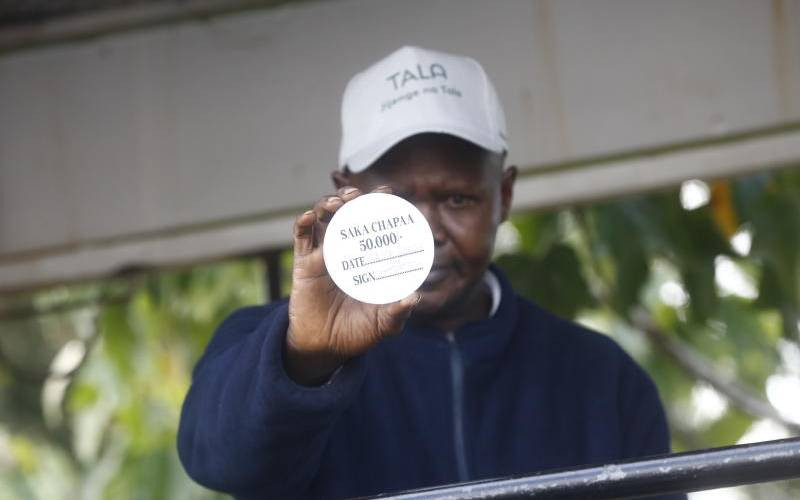
USA: Space agency unveils space rock surveillance plans just weeks after it failed to notice a huge asteroid which came frighteningly close to our planet.
Despite the grim predictions of crackpots and conspiracy theorists, humanity was not wiped out in an asteroid apocalypse last month.
But our species can't rest easy just yet, because NASA has admitted it hasn't actually spotted a vast number of space rocks which could be on a one way journey towards vulnerable Planet Earth.
The space agency's shock confession was made in an apparently innocuous document setting out plans for future investment.
Buried at the bottom of these notes is a scheme to build a space rock surveillance system called a "Near Earth Object Camera", which is abbreviated to NEOCam.
"NEOCAM would discover ten times more near-Earth objects than all NEOs discovered to date," NASA wrote.
"It would also begin to characterize them."
What this means is that experts do not actually know about up to 100,000 potentially devastating doomsday asteroids.
So far, NASA has found more than 10,000 space rocks on an orbit which takes them close to Earth.
None of these are currently on a collision course with our planet, NASA has said.
Last month, for instance, if there really was a massive space rock heading our way, it would have been spotted by stargazers and would then have been visible to the naked eye.
Unfortunately, we know NASA could fail to spot a smaller asteroid, because it has already done so.
Six massive space rocks zoomed past Earth last week, with one 49 metre object called Asteroid 2015 SZ2 coming within just 316,000 miles of our planet.
This cosmic close shave was made more terrifying by the fact the space rock was only spotted two weeks before its flyby.
Ron Baalke , a "space explorer" at NASA's Jet Propulsion Laboratory, tweeted the following confirmation of this scary fact:
Six massive space rocks zoomed past Earth last week, with one 49 metre object called Asteroid 2015 SZ2 coming within just 316,000 miles of our planet.
This cosmic close shave was made more terrifying by the fact the space rock was only spotted two weeks before its flyby.
Ron Baalke , a "space explorer" at NASA's Jet Propulsion Laboratory, tweeted the following confirmation of this scary fact:
 The Standard Group Plc is a multi-media organization with investments in media
platforms spanning newspaper print operations, television, radio broadcasting,
digital and online services. The Standard Group is recognized as a leading
multi-media house in Kenya with a key influence in matters of national and
international interest.
The Standard Group Plc is a multi-media organization with investments in media
platforms spanning newspaper print operations, television, radio broadcasting,
digital and online services. The Standard Group is recognized as a leading
multi-media house in Kenya with a key influence in matters of national and
international interest.
 The Standard Group Plc is a multi-media organization with investments in media
platforms spanning newspaper print operations, television, radio broadcasting,
digital and online services. The Standard Group is recognized as a leading
multi-media house in Kenya with a key influence in matters of national and
international interest.
The Standard Group Plc is a multi-media organization with investments in media
platforms spanning newspaper print operations, television, radio broadcasting,
digital and online services. The Standard Group is recognized as a leading
multi-media house in Kenya with a key influence in matters of national and
international interest.










